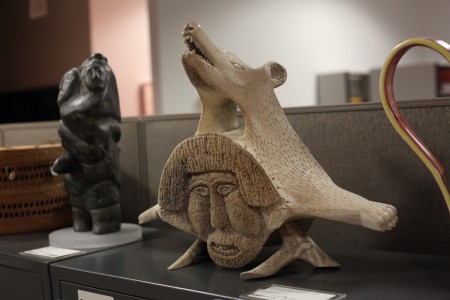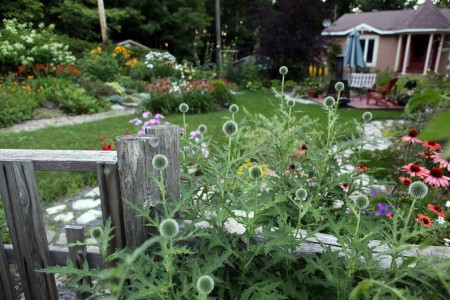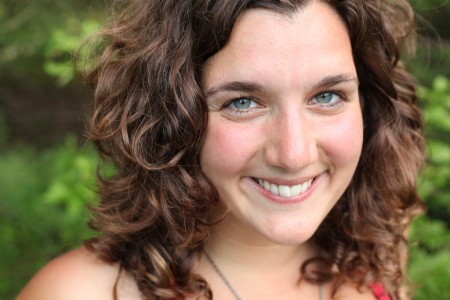
I have been using the Canon 5D Mark II for about a month now, and decided to take advantage of lower American prices for photo accessories and pick up the vertical grip when I was in the US recently.
Why use a vertical grip?
There are two major reasons for doing so: battery management, and changing the physical character of the camera.
Battery management
With the BG-E6, you can operate the 5D Mk II with two rechargeable batteries. It seems to alternate between drawing power from one and the other, keeping both at a similar level of charge. I have found that the 5D Mk II goes through its battery much more quickly than my Rebel XS did, especially if you have the LCD screen all the time. Even a single day of intensive shooting risks depleting a single battery, making a backup rather useful for day-to-day use, and pretty essential for travel. Of course, you can buy three batteries or so for the cost of the grip, which may be a superior option for people who don’t care for the ergonomic changes it produces.
The BG-E6 can also be loaded with 6 AA batteries, using an included insert, which could be useful in an emergency or in remote areas.
Ergonomics
The BG-E6 certainly improves the handling of the 5D Mk II when it comes to vertical shooting. It provides a useful handhold, a second shutter button, and controls for exposure and focus point selection. Because your hands are in a less awkward position when shooting vertically, it is more comfortable to compose shots. I also think you can push the shutter speed a bit lower without generating unacceptable camera shake. The grip also balances out the weight of heavy lenses a bit, making it feel like you are carrying around one big balanced block of photographic hardware, rather than a body with a heavy lens torquing it downwards.
Like using a lens hood, using the vertical grip also makes your camera system look a bit more professional, which could be useful or problematic depending on the circumstances. It might draw a bit more positive attention from potential clients and exhibitionistic subjects, but it will also draw attention from meddling security guards and muggers.
Is the grip worth the weight and the money? That really depends on your needs and preferences. I prefer the feel of the camera with the grip, and find that I take more and better vertical pictures while using it. At the same time, it makes the camera awkwardly large for storing in a camera bag, and does add a significant amount of weight to a body that can be quite an anchor when using a lens like the 24-70 f/2.8 or the 70-200 f/4.




